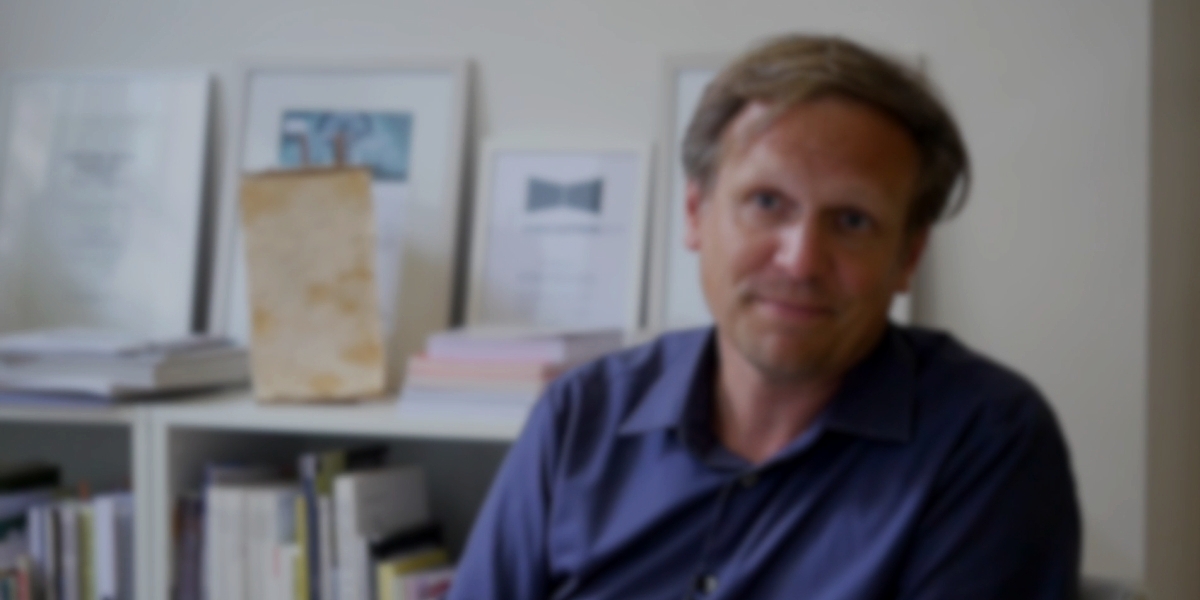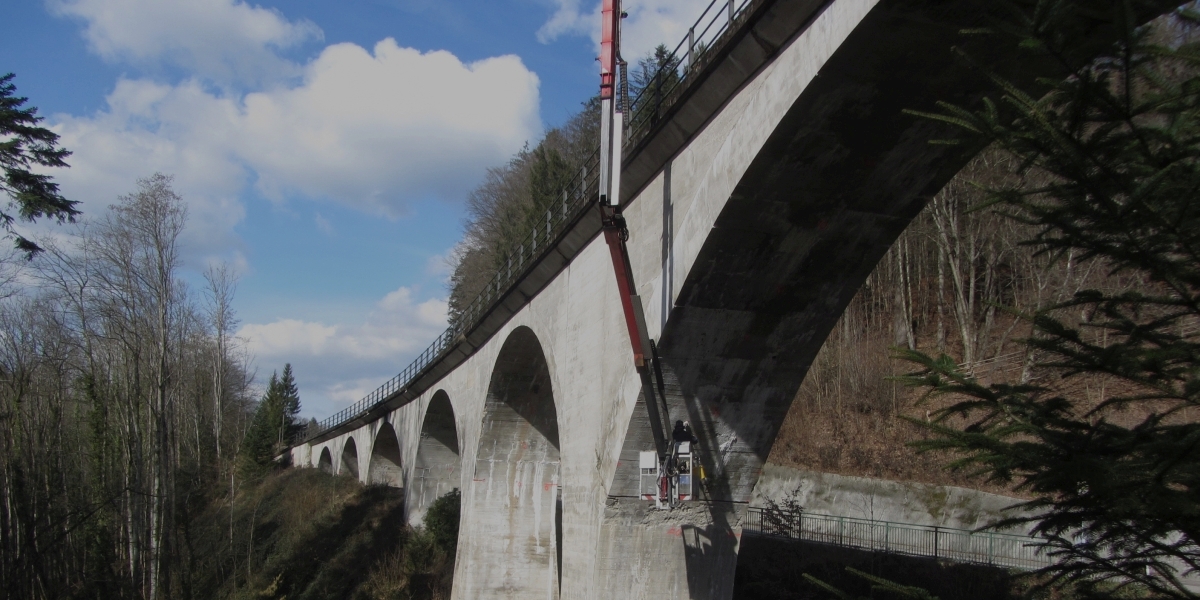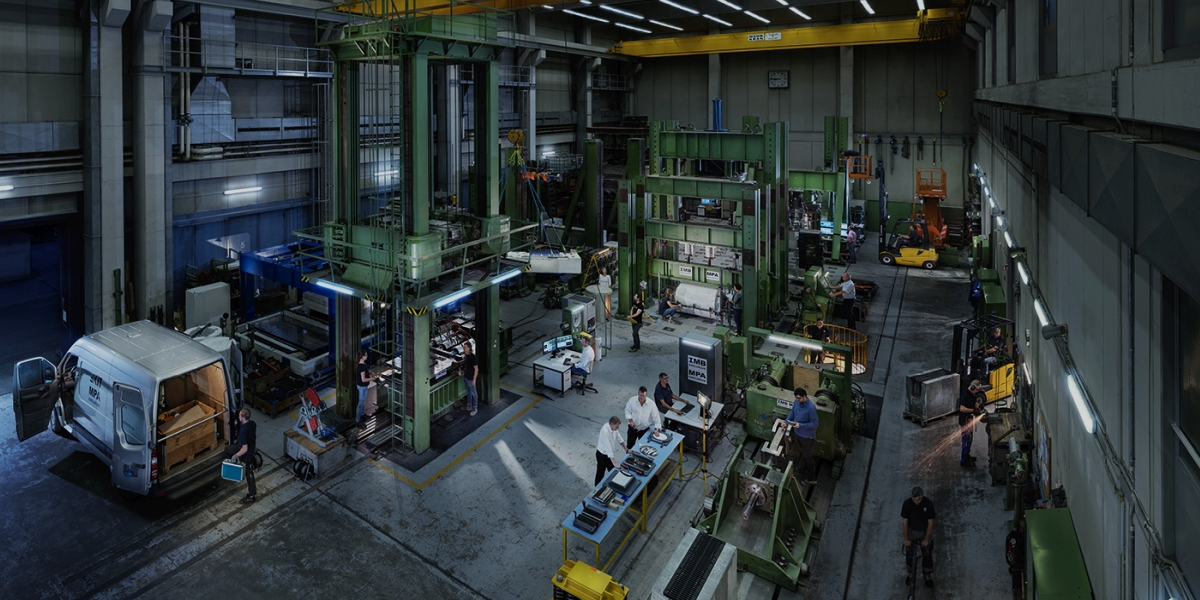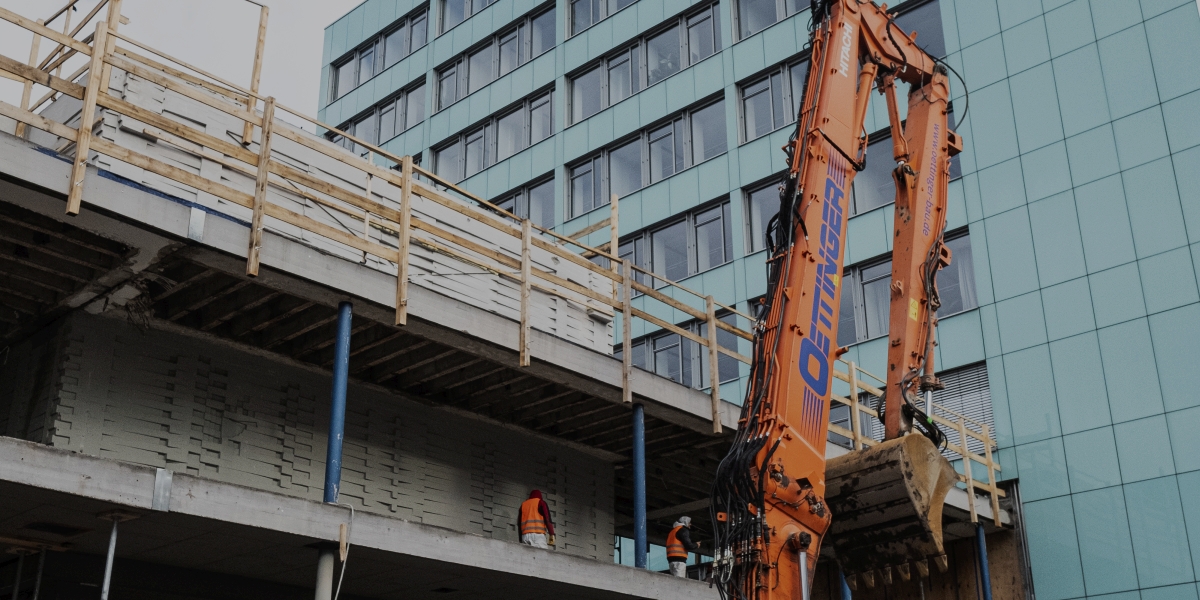Building
Managing climate change is the big challenge of the 21st century. In the Paris Climate Agreement, the global community committed to the goal of limiting global warming to clearly below two degrees Celsius compared to the pre-industrial level. An important step towards reaching this goal is the reduction of greenhouse gas emissions to climate neutrality.
The construction sector is one of the big emitters of greenhouse gases, which is why sustainable building is of high importance in fighting climate change. At Karlsruhe Institute of Technology (KIT), scientists from several disciplines are investigating solutions and implementing developed concepts. Work focuses not only on strategies to use resources, but also on rethinking construction planning and building processes.
In the video interview, Dirk Hebel, Professor for Sustainable Construction, explains why sustainable building is important, what it means, and which obstacles still remain to be overcome on the way towards more sustainability.
Sustainability is also paid attention to when carrying out construction projects on the campuses of KIT. Work ranges from first important steps like upgrading building envelopes to optimized supply and disposal concepts to future sustainability certification of construction measures based on the Federal Assessment System for Sustainable Building.
Contents
sprungmarken_marker_29541
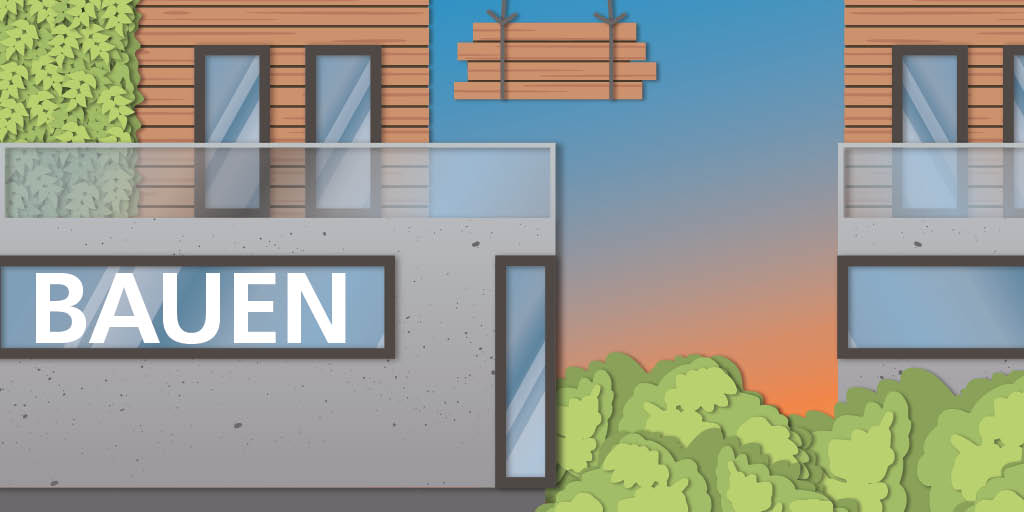
Sustainable Building is the main topic of issue 3/21 of the research magazine lookKIT.
Thinking, Building, and Preserving Sustainably
Sustainable building is more than analyzing the resources used. Innovative concepts must be developed to provide housing without destroying the natural basis of life, as shown by the RoofKIT team in the Solar Decathlon Competition. In addition, new approaches to rethinking living spaces are required, an example being tiny houses.
Sustainability in the construction sector, however, not only covers the construction of new buildings, but also the analysis of existing buildings and infrastructures. Increasing their durability is a big challenge under a changing climate. Scientists from KIT’s Innovation Hub Prevention in Construction study how this may be achieved.

Professor Thomas Lützkendorf explains why the consumption of resources and the emission of greenhouse gases must be assessed and influenced specifically over the complete life cycle of buildings.
To the portrait (German only)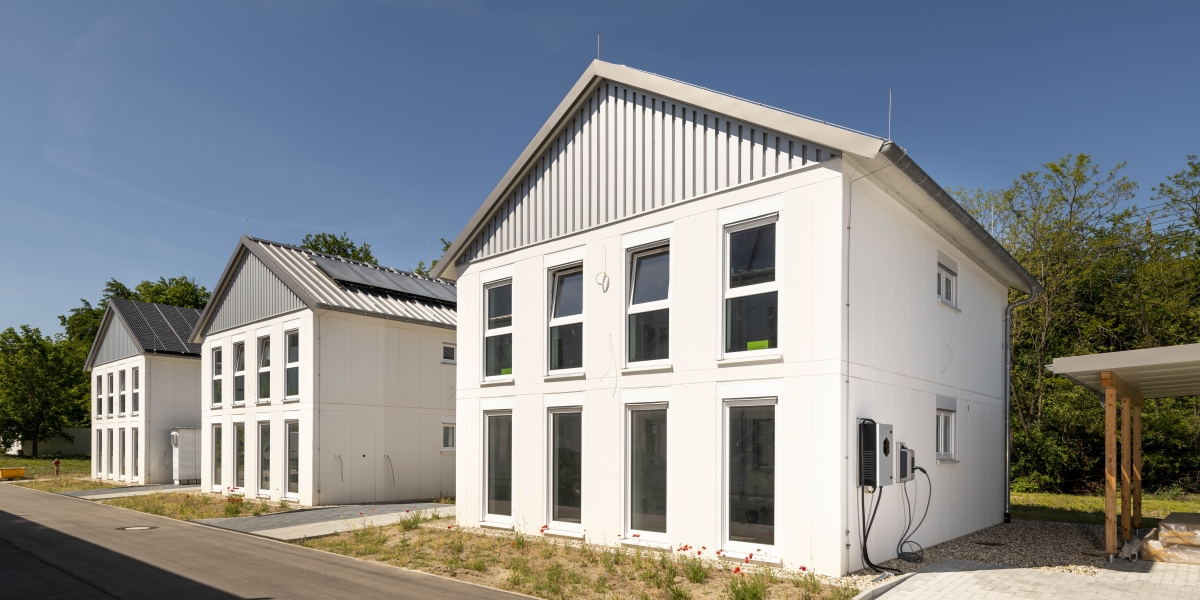
In industrialized countries, about one third of all CO2 emissions are produced by the operation of buildings. Professor Andreas Wagner studies how houses can be planned sustainably and energy-efficiently.
To the portrait (German only)A Changing Solid Construction Sector
Construction industry produces a major share in anthropogenic CO2 emissions. This is mainly due to its high consumption of resources. Apart from water, concrete is the most used material worldwide. Its big ecological footprint results from the cement binder.
To make building with versatile concrete more sustainable, researchers of KIT are working on solutions to enhance resource efficiency. On the one hand, increasing needs for infrastructures and buildings shall be covered. On the other hand, CO2 emissions shall be reduced.
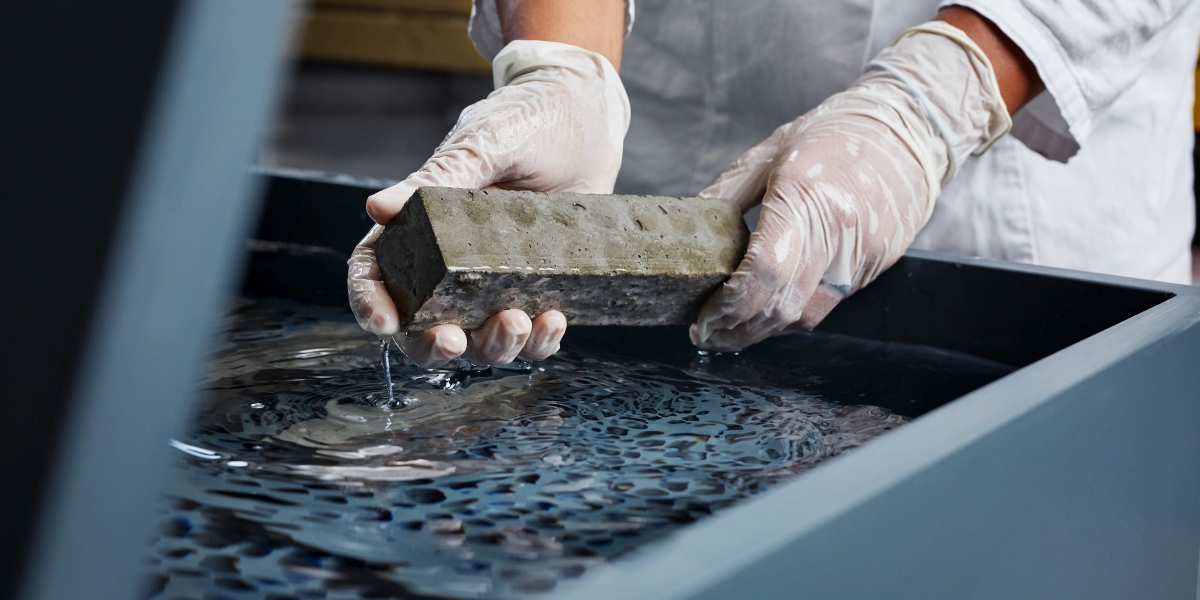
Research of Professor Frank Dehn focuses on the investigation and development of construction materials to foster the sustainable use of resources.
To the portrait (German only)Resources: Taking New Approaches
Construction materials, such as sand, zinc, or copper from the Earth’s crust, will be available in sufficient amounts for a few decades only. However, the need for them is growing. To cover this need, circular economy is required. Buildings must be constructed such that their components can be separated from each other and reused again after disassembly.
The construction sector’s consumption of resources may also be covered sustainably by renewable construction materials, such as bamboo fibers or fungal mycelia. It is already possible to construct buildings from compostable, recyclable, or reusable materials. After the building’s disassembly, all materials can be separated and reused again.
The THINKTANK Industrial Resource Strategies located at KIT also deals with resource extraction and recovery, resource efficiency, resource utilization, and resource policy.
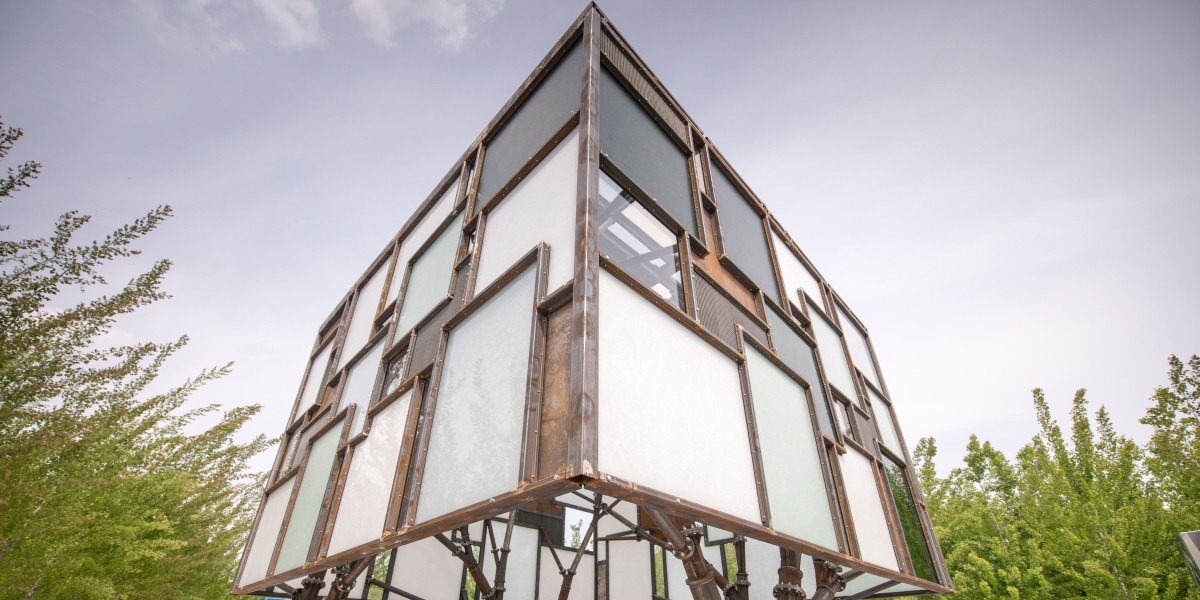
Professor Dirk Hebel studies resource cycles and develops alternative construction materials and methods for future building processes.
To the portrait (German only)
